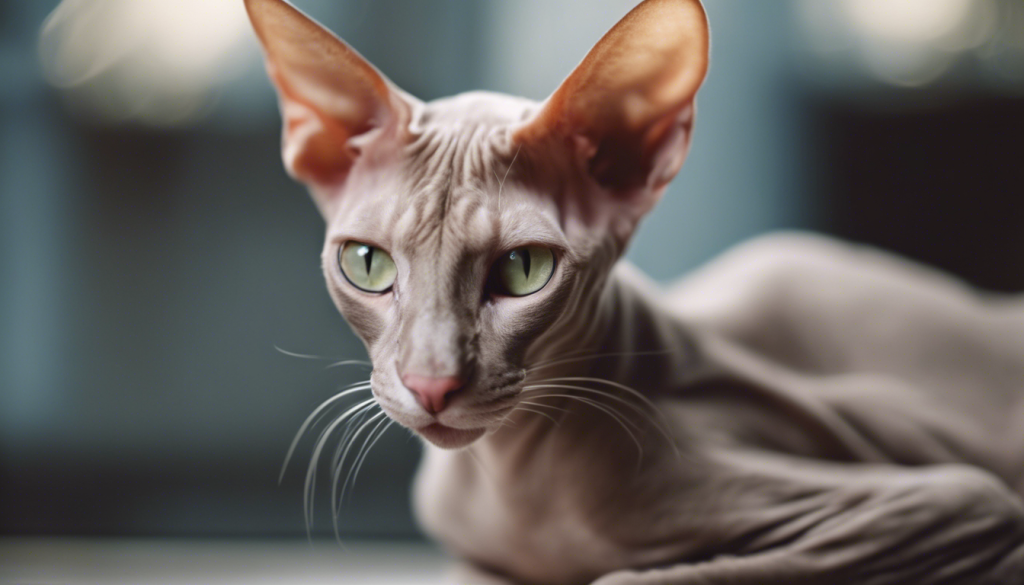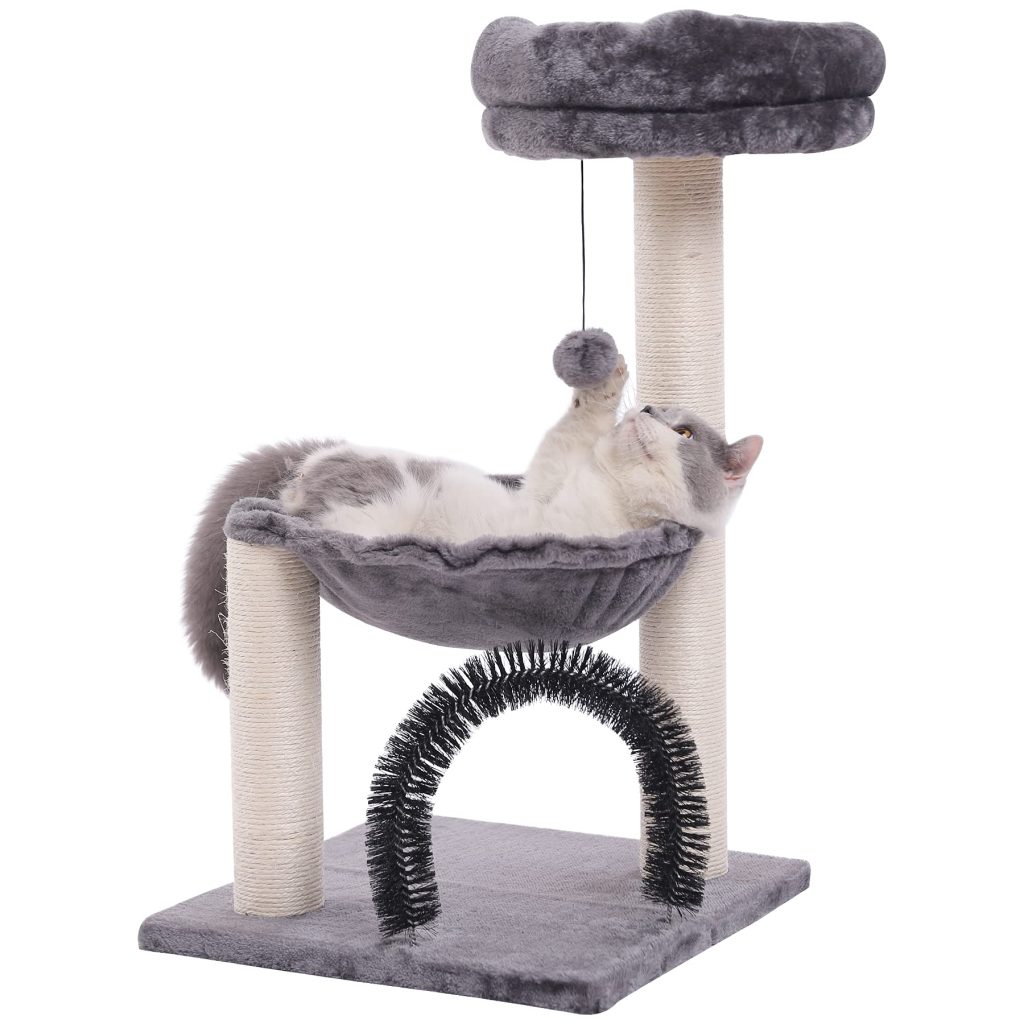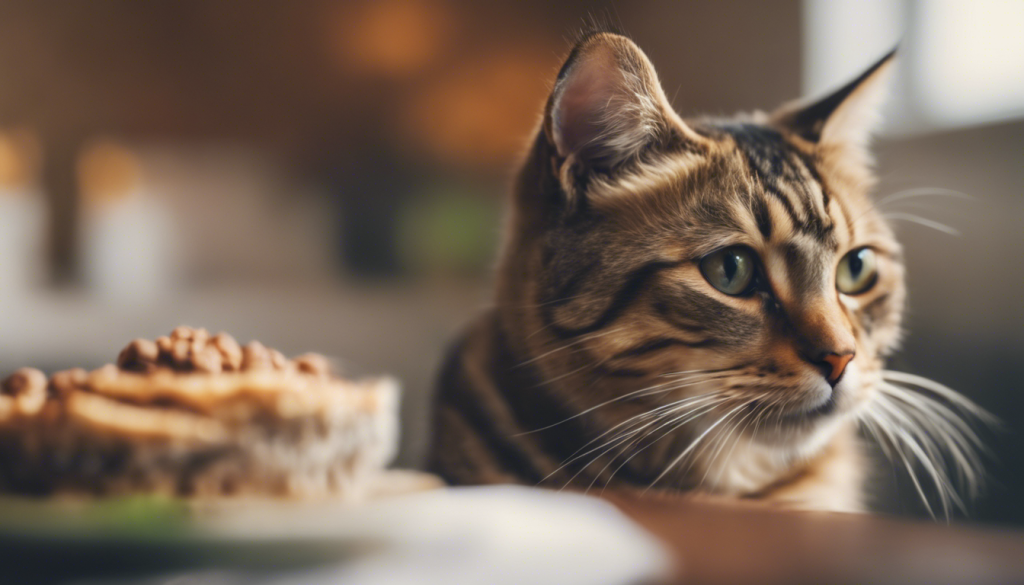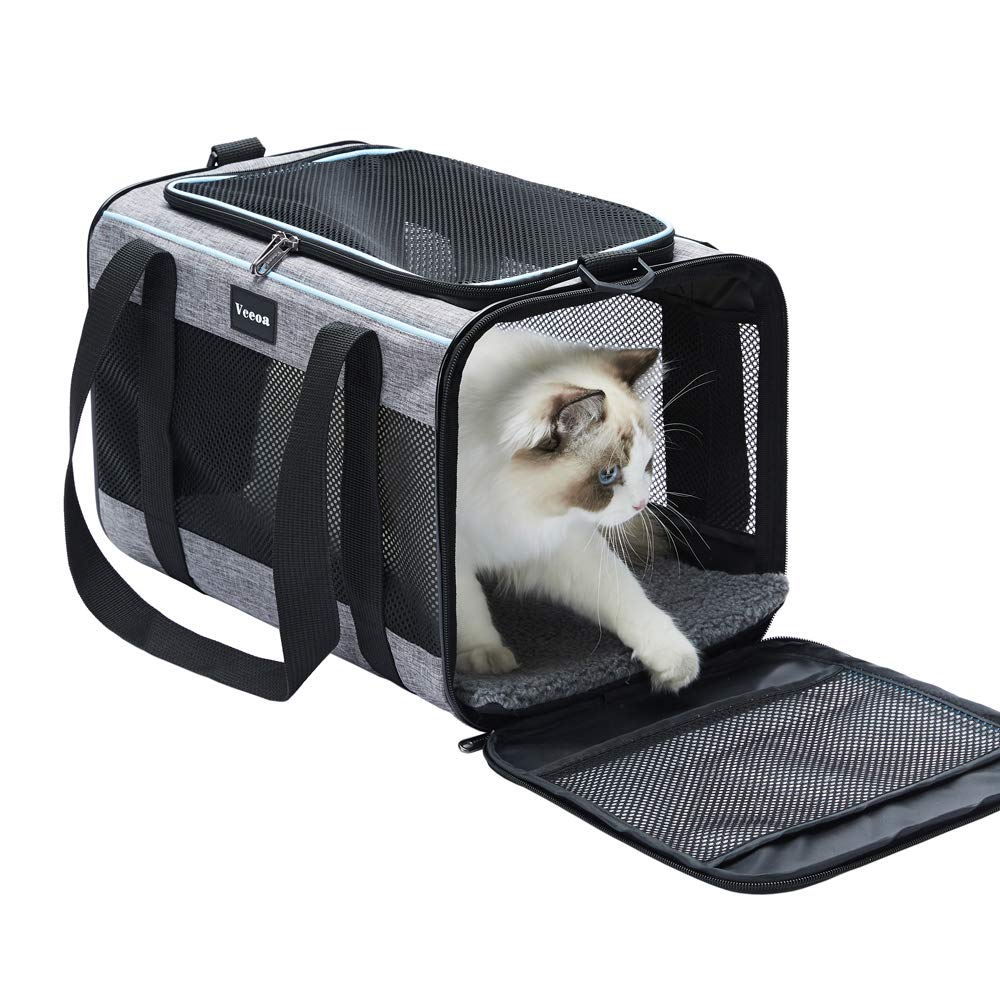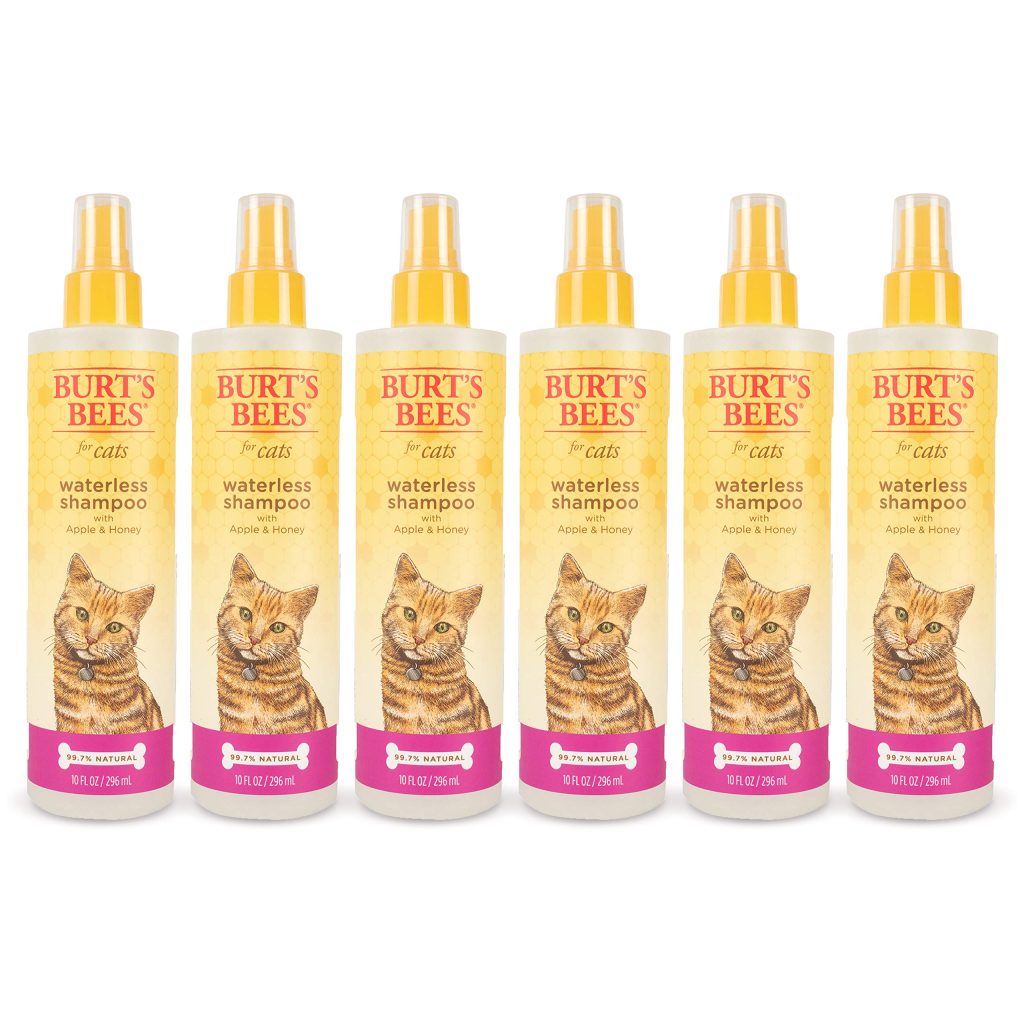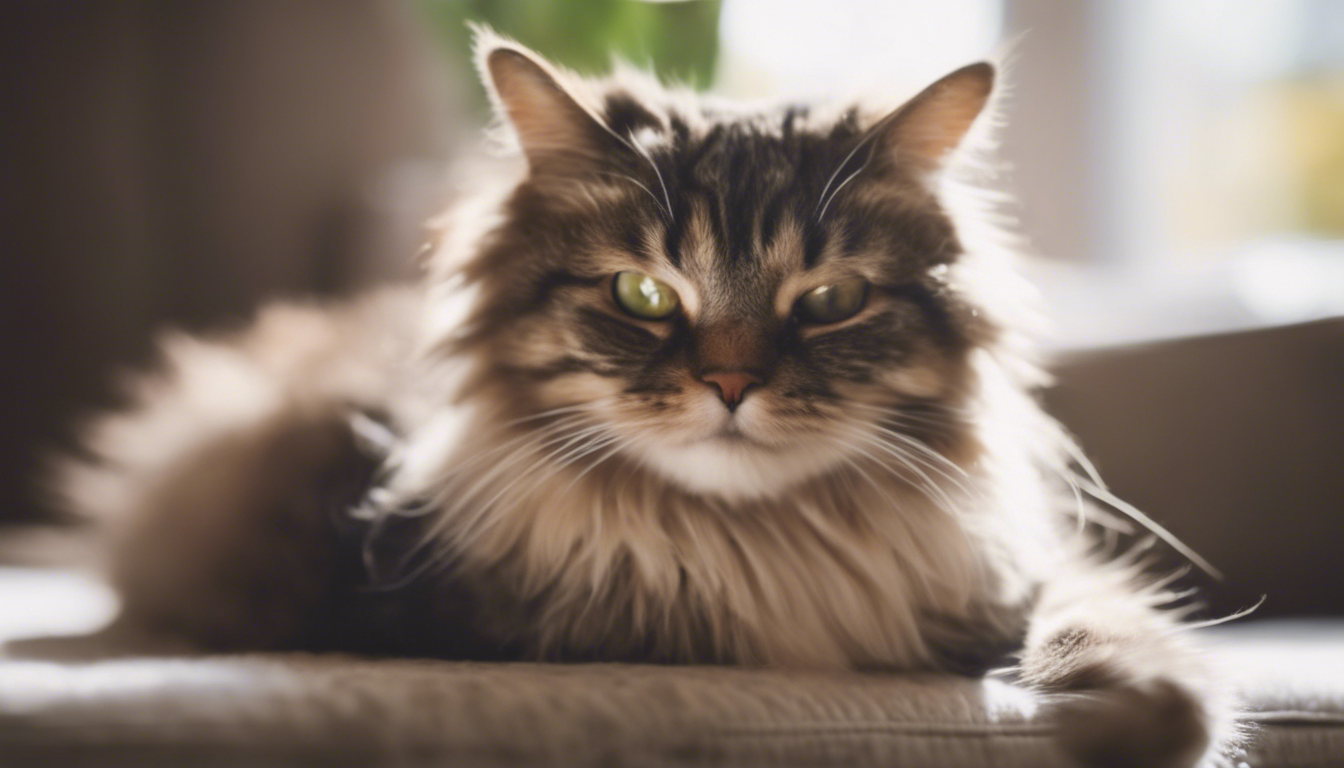
Having multiple cats in one household can be a joyful and rewarding experience, but it can also come with its fair share of challenges. Navigating the dynamics between multiple cats, especially when it comes to maintaining peace and harmony, requires a deep understanding of feline behavior and communication. In this article, we will explore the intricacies of multi-cat dynamics and provide practical advice on how to improve your cat’s behavior, foster a harmonious environment, and strengthen your bond with your feline companions.
Feline Behavior and Communication
Before delving into the complexities of multi-cat dynamics, it’s important to understand the basics of feline behavior and communication. Cats are inherently solitary animals, and while some may tolerate living with other cats, they still possess strong territorial instincts.
Feline communication primarily occurs through body language, vocalizations, and scent marking. Understanding these forms of communication is important in deciphering their behaviors and maintaining harmony among multiple cats.
- Body Language: Pay close attention to your cats’ body postures. An arched back and puffed-up fur may indicate aggression or fear, while a relaxed posture with ears facing forward suggests that the cat is calm and content.
- Vocalizations: Cats use a variety of vocalizations to express their needs and feelings. Meowing, hissing, growling, and purring are some common forms of communication. Each vocalization carries a distinct message, so familiarize yourself with your cats’ unique vocal repertoire.
- Scent Marking: Cats rely heavily on scent to communicate. They have scent glands in their paws, cheeks, and tails, which they use to mark their territory. If you notice your cats rubbing against objects or spraying urine, they are likely marking their territory.
Training Techniques for Multi-Cat Dynamics
With a solid understanding of feline behavior and communication, it’s time to explore training techniques that can help improve the dynamic between your cats.
- Gradual Introductions: When introducing a new cat to your household, it is essential to take things slow. Start by keeping the new cat in a separate room for a few days, allowing your existing cats to become familiar with the new scent. Gradually, you can swap bedding or use pheromone sprays to further ease the introduction process.
- Provide Sufficient Resources: Ensure that each cat has its own resources, including food and water bowls, litter boxes, scratching posts, and resting areas. Cats are highly territorial when it comes to these resources, so having multiples avoids unnecessary competition and reduces stress.
- Promote Positive Experiences: Encourage positive interactions between your cats. Arrange play sessions and provide treats when they successfully engage in non-aggressive behaviors. This positive reinforcement helps create a positive association between the cats and fosters a friendly environment.
- Monitor and Redirect Undesirable Behavior: Cats may occasionally display aggressive or territorial behavior. It is important to monitor their interactions and intervene when necessary. Redirecting their attention with toys or treats can be an effective way to diffuse tension and prevent conflicts.
- Feline Enrichment: Keep your cats mentally stimulated by offering toys, puzzle feeders, and vertical spaces for climbing and exploration. A mentally engaged cat is less likely to engage in negative behaviors rooted in boredom.
The Impact on the Cat-Owner Relationship
Navigating multi-cat dynamics not only affects the relationship between the cats themselves but also impacts the cat-owner relationship. By successfully managing these dynamics, you can create a nurturing environment that strengthens your bond with your feline companions. Here are a few ways in which multi-cat dynamics influence the cat-owner relationship:
“When cats feel secure and content in their environment, they’re more likely to form deep bonds with their owners. By promoting peace and harmony among your cats, you’re fostering an atmosphere that nurtures these strong connections.”
- Reduced Stress: When cats coexist peacefully, their stress levels are reduced. A stress-free environment promotes better overall well-being, leading to happier and healthier cats.
- Improved Cat-Owner Bond: Cats that feel safe and secure are more likely to interact positively with their owners. The trust built through this positive interaction strengthens the bond and enriches the cat-owner relationship.
- Enhanced Quality of Life: A harmonious multi-cat household creates an environment where cats can thrive. With their social needs met, cats are more likely to exhibit contentment and enjoy a higher quality of life.
In conclusion, understanding and navigating multi-cat dynamics is essential for maintaining peace and harmony in a feline-filled home. By grasping the nuances of feline behavior and communication, implementing effective training techniques, and fostering a positive environment, you can improve your cat’s behavior, promote a tranquil household, and strengthen the bond between you and your feline companions.
